design portfolio
The design portfolio is not an invention of the digital age. It’s probably as old as the profession and easily the most important marketing tool for any designer – employed or freelancer, successful pro or newbie. In the “analogue” decades you presented it in person or sent it via mail. Nowadays there’s hardly a way around creating an online portfolio, which provides 24/7 worldwide access to your achievements. Due to that there are tons of portfolios around on the web and it’s far from easy to stand out and get yourself noticed. This is why we want to provide you with some steps and guidelines for creating a portfolio that successfully showcases what you do best. We also included links to useful resources, articles and great examples to get you going.
I – Devise a Strategy
I mentioned in the beginning that your portfolio is a marketing tool. So approach it like one in creating it. You need to invest some careful thought and time for planning but it surely will pay off. If you have marketing knowledge, treat it like you would devise a marketing plan for a client. This is basically what it is, with you as your customer!
A good first step is to think of what you want to achieve with your portfolio. The purpose is connected to a specific target audience. Every audience has individual needs and characteristics you should address. Take a bit of time to “get inside their heads” to get a clue why they are looking for you and what they expect. This can dramatically increase the value of your portfolio.
According to Smashing Magazine the most common goals of portfolios are:
- Hire-me portfolios to get you a job: audience is human resources and creative directors. Knowledge and experience varies. These are busy people with a strong need for accessibility of information
- Sales-generation portfolios to drive sales of your freelancing or start-up business:
Your audience usually are marketing people with a widely varying grasp on design. When you specialise on an industry emphasize your related work. Also emphasize contact info. - Reputation building portfolios aim to promote your name in the industry:
You address other creatives and marketing people likewise. In this area you can play around a little bit more and be more personal. Integration of/with a blog might be a good idea here. - Networking portfolios to build up connections: You address a wide audience and depending on the network it’s partly your decision who can access your work. These are usually network/profile page based and confine you in design choice. Big advantage and key is the built-in connection service.
It doesn’t always make sense to make different portfolios and you might pursue more than one goal. This is also a question of the time and resources you can invest in your digital presentation. To keep a complex topic shorter we will focus on 1 and 2 as these are more or less “performance” oriented with a clear result to be achieved.
For a little exercise check our collection of 30+ designer portfolios and try to guess which purpose they suit best. Enjoy! ;)
II – Plan your project
Once you got a good grip on your objectives and your audience you can start planning the portfolio project. Don’t start with the design right away, even though that’s the most enjoyable part of it. If you do, you might suffer unnecessary frustration when it comes to bringing your brilliant design ideas online. Not all platforms support the technology or tools you need for a clean implementation. You also need to be realistic about your own skills and resources. What use is it when you are stuck with an issue you can’t solve because you lack the coding skills? Rather stay simple and make the best of what you have.
Choice of website management system
If you are a wiz at html, css and even php you can design your page from scratch. If you aren’t you should stick with popular platforms like WordPress, Joomla or Typo3. They are widespread, open source (that’s free of charge) and have a large community to provide inspiration and solutions for issues. Especially for wordpress there are countless templates available, which you can use straight away or tailor to your needs. With a good idea of your project and of how you want to use it, you should be able to discern which CMS is best for your needs.
WordPress portfolio templates:
- 13 magnificent and free wordpress portfolio themes
- 100 free high quality wordpress themes for 2010
- 100 free high quality wordpress themes for 2009
Joomla portfolio templates:
Typo3 general templates:
Webspace
If you don’t already have your own webspace you should get it now. Hosted services, such as blogspot or wordpress.com (hosted version of the popular CMS) don’t offer too much flexibility. There are thousands of providers for webspace out there with prices starting from around $0.99 a month. When choosing a package think of the following:
- Technology requirements of your CMS (PHP version, database, Apache version)
- Compatibility with your CMS (sounds silly, but experience shows there are issues)
- Included domains
- Support (availability, free or charged on ticket-base)
- Size of web space in GB and monthly traffic volume (best is a flatrate) is important if you want to use the ftp-server option for exchanging data with clients. A great alternative to ftp-space is the Dropbox. It’s definitely worth checking out.
This is quite a lot to consider by now. As there is more to come I decided to split up the article. Go through the steps in this article, get an idea of what you want to achieve and who is best to be addressed for your message to provide a great user experience.
In the second part, coming online next week, I will show what you need to consider in the layout and which pitfalls you should avoid in designing your portfolio website. We also tell you how to market it and why it’s way too early to dump the good old print portfolio folder.


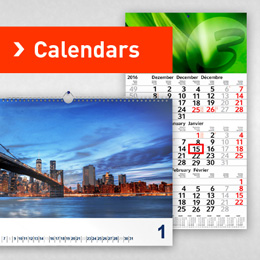

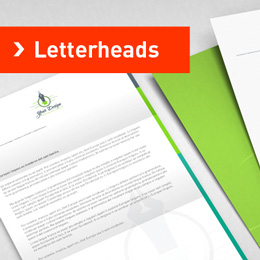
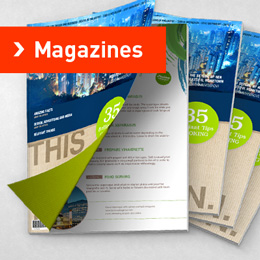
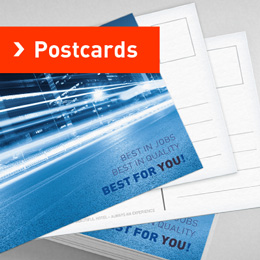
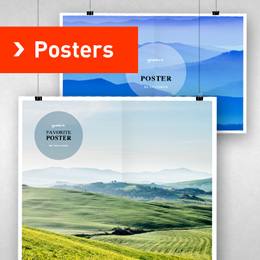
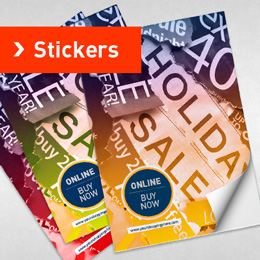


Great blog! I genuinely love how it is easy on my eyes as well as the details are well written. I am wondering how I can be notified whenever a new post has been made. I have subscribed to your rss feed which need to do the trick! Have a nice day!